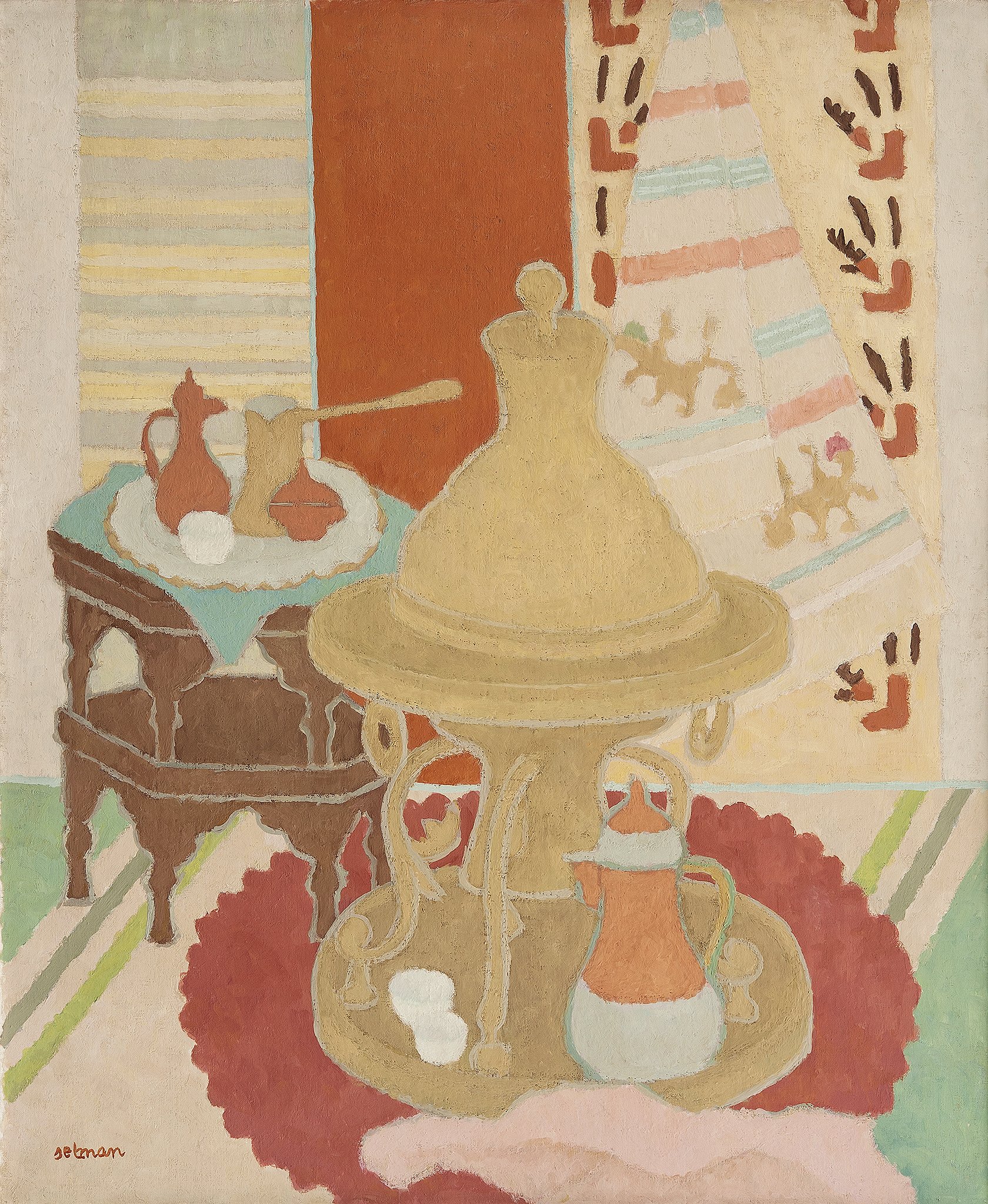
16:
INTIMATE SPACES
-

INTIMATE SPACES
The last chapter of Ivo Andrić's doctoral dissertation entitled “The development of spiritual life in Bosnia under the influence of Turkish rule”, defended in Graz in 1924, includes the following statement: “The part of the Bosnian population that converted to Islam consisted of the ruling warrior caste during Turkish rule; they spent all their resources primarily on conquest, and then on the defense of their property.
-

BIŠĆEVIĆ’S HOUSE IN MOSTAR
Bišćević's house (corner) from the 17th century is one of the best preserved examples of residential architecture of the Ottoman period in Herzegovina, which testifies to the high culture of housing of the Muslim population and the attention paid to intimacy and family life.
-

INTIMATE SPACES IN ISLAMIC CULTURE AS MOTIFS OF PAINTERS OF BOSNIA AND HERZEGOVINA
Some of the most beautiful paintings in the history of modern painting in Bosnia and Herzegovina were created after the motifs from the interior of Muslim houses. These spaces most faithfully depict the high culture of living in Islam: significance of privacy, beauty, harmony, connection with nature and nourishing family ties.
-

ZUKO DŽUMHUR’S HOME
The birth house of Zulfikar Zuko Džumhur in Konjic, located on the left bank of the Neretva River, has been owned by the Municipality of Konjic since 1984. The house has been renewed, same as the front yard with a fig tree which Zuko often mentioned in his texts.
-

INTERIOR OF THE TRADITIONAL BOSNIAN HOUSE
When we speak about the traditional Bosnian house, we refer to houses built in the period of Ottomans' rule in these regions. Although only few original houses of the kind remained and they have mostly been turned into museums, we can still claim that the Bosnian house existed.
-

RESIDENTIAL-BUILDING COMPLEX BEGOVINA – THE SUPREME EXPRESSION OF ISLAMIC CULTURE OF LIVING IN BOSNIA AND HERZEGOVINA
Begovina is a unique complex which testifies of the highest achievements in the culture of living of Muslim population in Bosnia and Herzegovina, as well as of the continuity of urban life of the Stolac area.
-

HOME OF PROFESSOR ENES PELIDIJA, PhD
Pljevlja, Sandžak
-

BIRTH HOUSE OF BEHAUDIN SELMANOVIĆ - A LOST TESTIMONY OF EXCEPTIONAL ARCHITECTURE
Behaudin Selmanović (1915–1972) is one of the greatest Bosniak modern painters. Upon completing the Royal Academy of Fine Arts in Zagreb (1943), he permanently tied his life and oeuvre to Sarajevo, Počitelj and Stolac.
-

REDŽEPAGIĆ TOWER IN PLAV
The Redžepagić Tower is the oldest tower in Plav. It is believed that it was commissioned by Hasan-bey Redžepagić in 1671, although according to some sourced the tower dates back to the 15th century, when it was commissioned by Ali Muče.
-
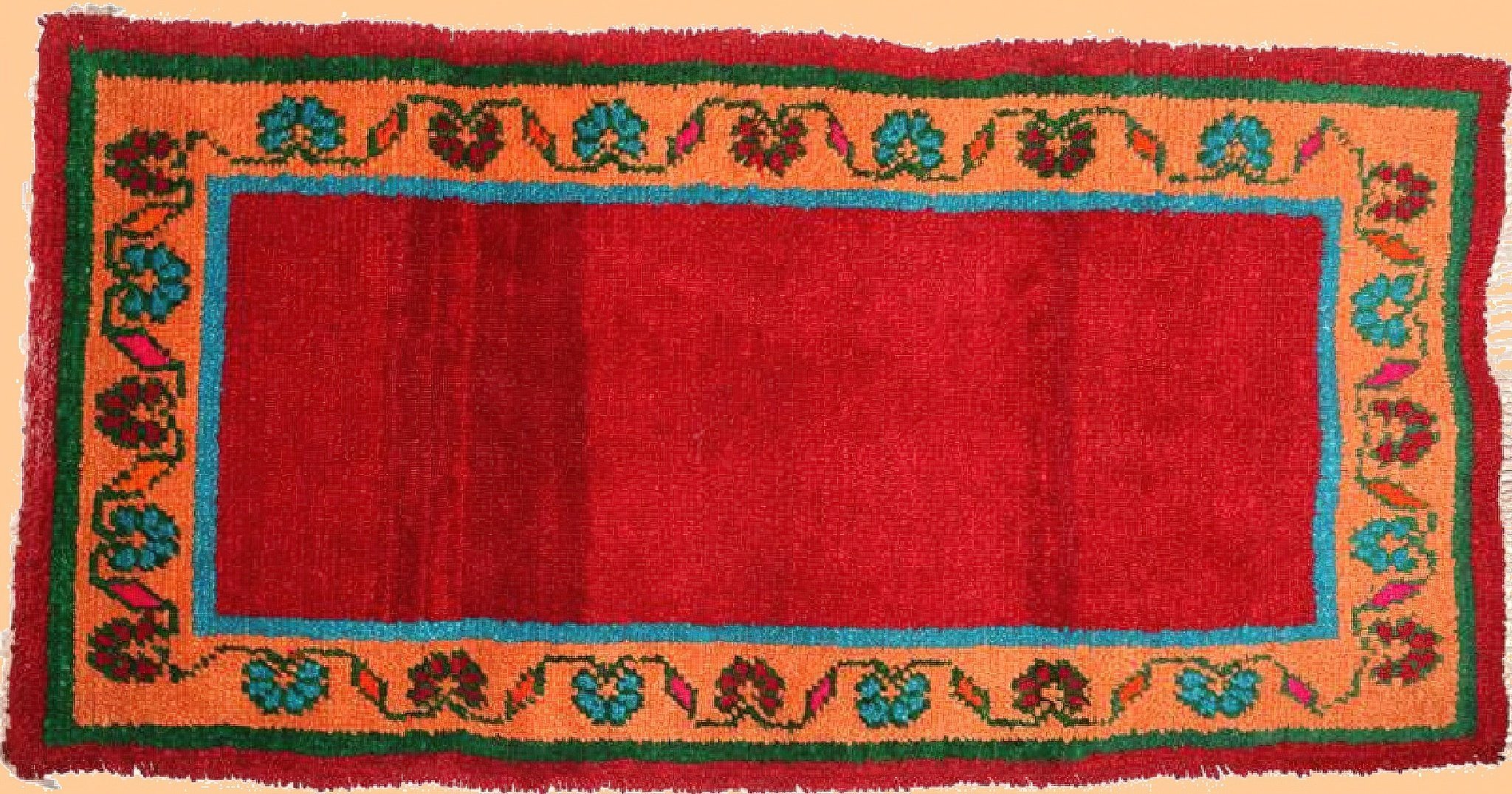
MOTIF OF SAJJADA IN LITERATURE
The term sajjada was eventually adopted for all rugs of smaller dimensions which were spread on the floor or furniture (Figure 20). As we can see, Bekrić describes sajjadas spread along stairs and on the sofa.
-
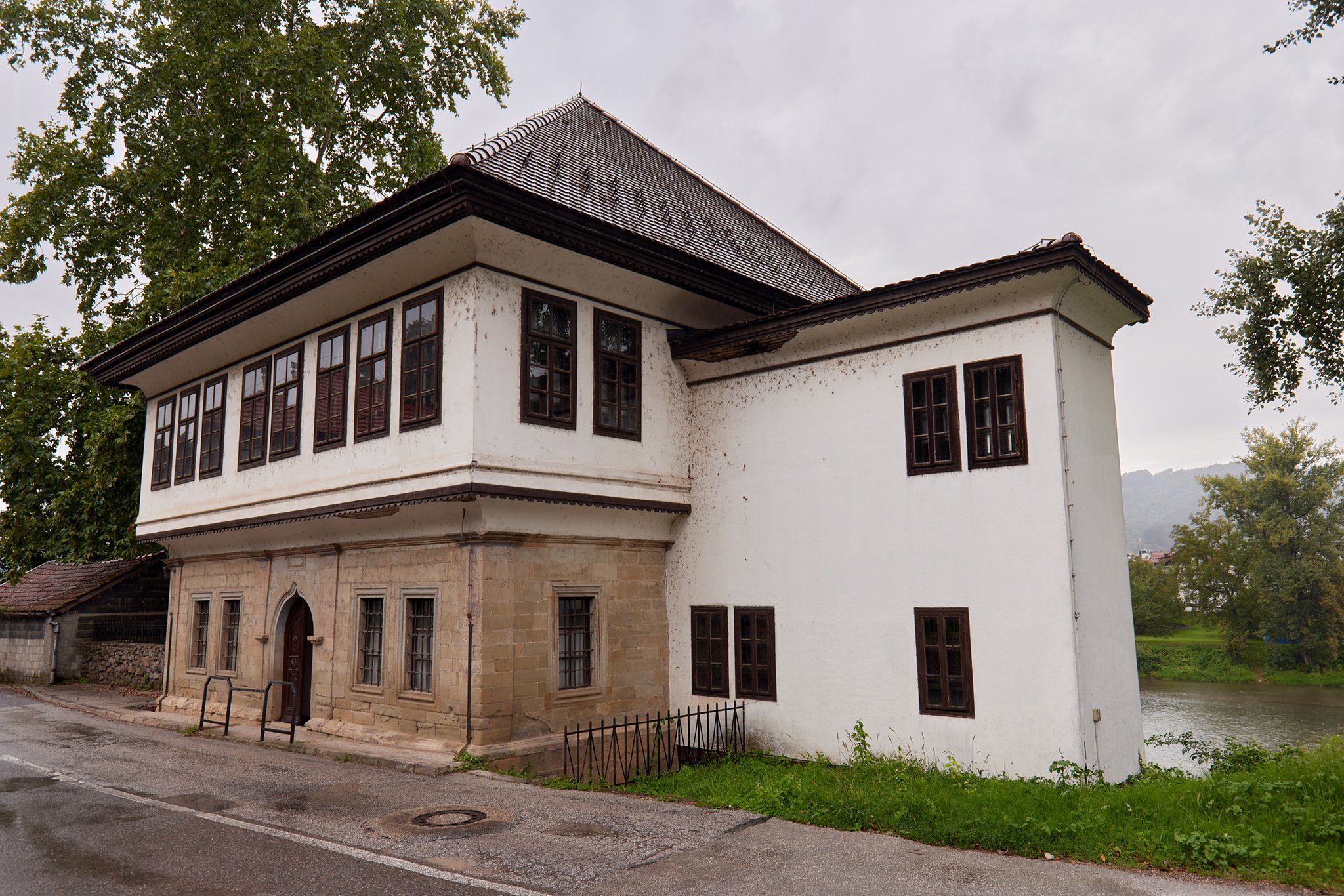
UZEIR-BEY'S KONAK IN MAGLAJ
When I arrived in fair Maglaj on the Bosnia as a teacher ten years ago, I came to a new world, unknown to me.
-

SJENICA HOUSE
Sjenica, Serbia
-

GRADAŠČEVIĆ FAMILY HOUSE IN GRADAČAC
National monument of Bosnia and Herzegovina
-

BUGILOVIĆ FAMILY HOUSE IN GORNJA TUZLA
National monument of Bosnia and Herzegovina
-

SABURINA HOUSE IN SARAJEVO
National monument of Bosnia and Herzegovina
-
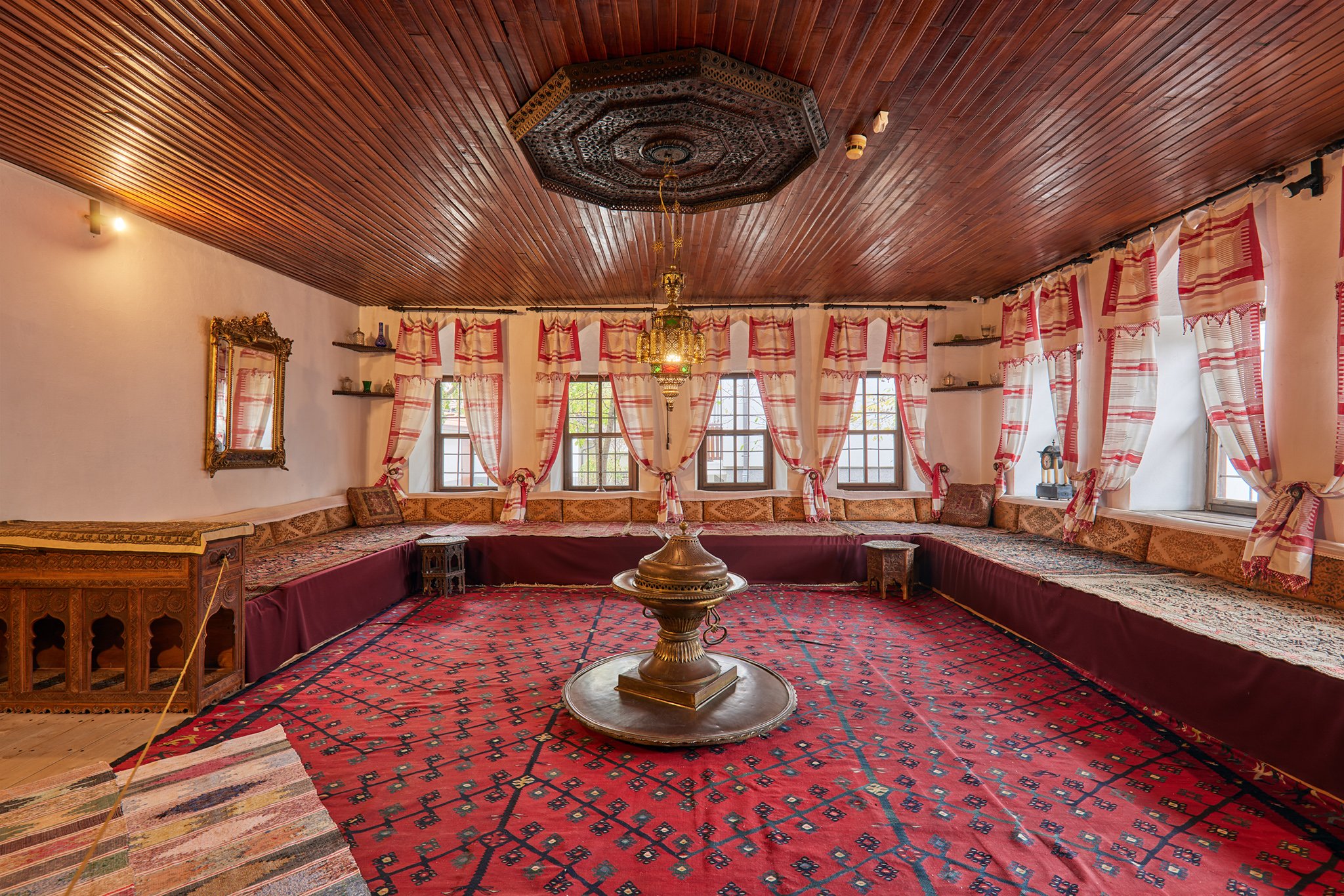
SVRZO'S HOUSE
Svrzo’s House is an example of residential architecture of the Ottoman period in Sarajevo and the culture of living of Muslim families in the late 18th and throughout the 19th centuries.
-
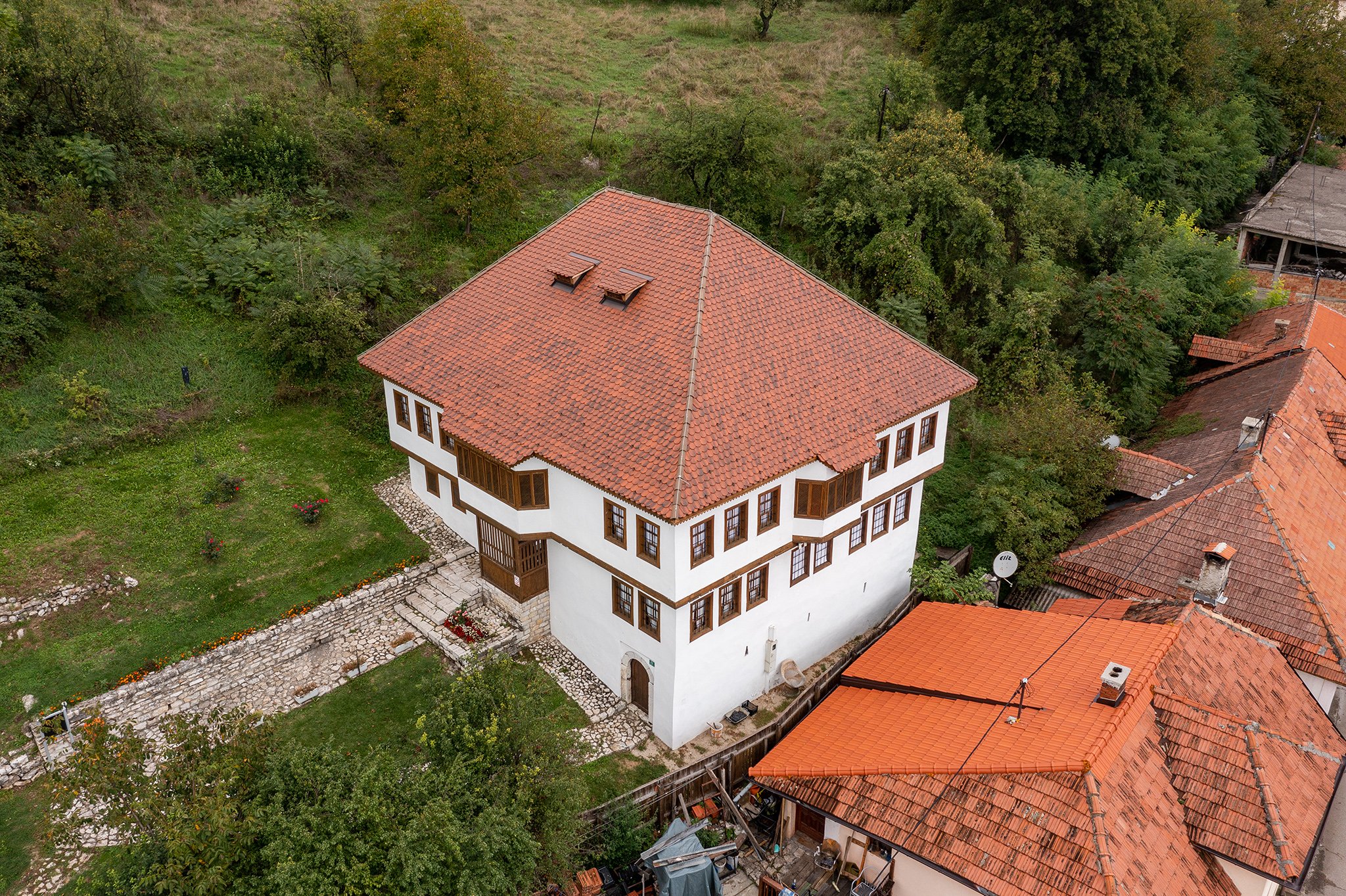
EMINAGIĆA KONAK
Tešanj, Bosnia and Herzegovina
